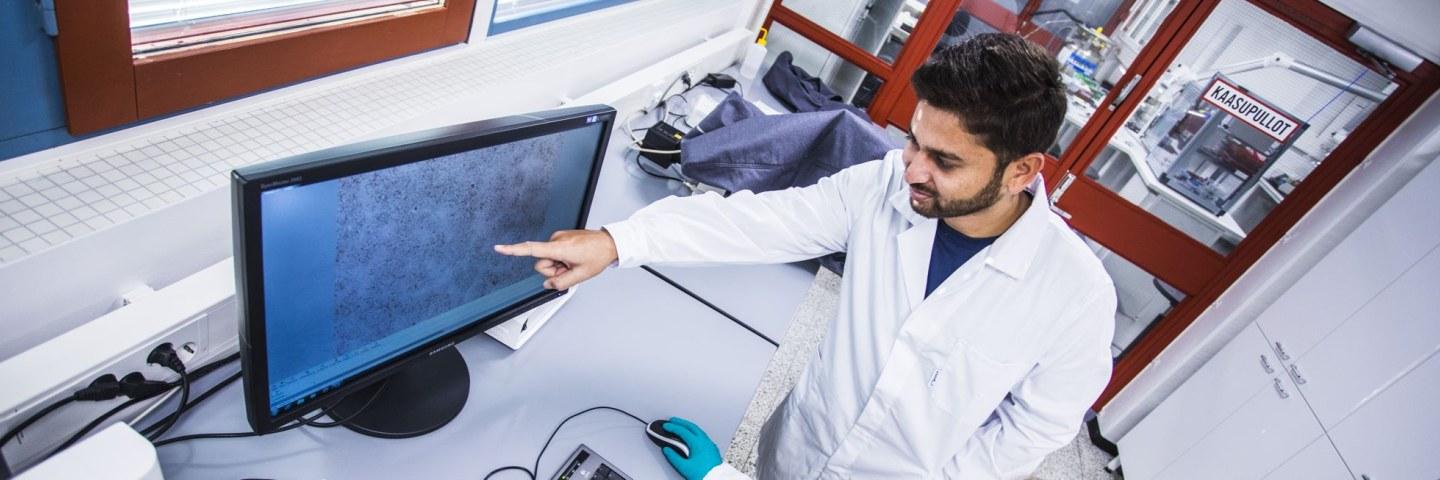Metal additive manufacturing (AM) techniques enable production of near net shaped highly complex geometries in layer by layer fashion. However, the as-built AM stainless steel components are characterized by presence of inevitable concerns such as residual stresses, defects, etc. Due to the high temperature gradients and rapid thermal events, as-built AM printed stainless steel samples are composed of larger residual stresses. These stresses may prove to be detrimental during the actual working of components and could result in poor mechanical performance. Therefore, it is of very much importance to perform the apt post processing to get rid of such residual stresses. As-built AM components are usually post processed with stress relieving heat treatments as well as shot peening to facilitate the improved material performance. This fueled interest in studying the residual stress behavior of AM components as well as corresponding microstructure after post processing to qualify the specimen for intended application. Furthermore, stainless steel AM components are subjected to demanding working conditions, risk of stress corrosion cracking is more probable. Therefore, it is also important to study and evaluate such behavior with corrosion testing.
Goal
- To optimize the post processing methods to improve the mechanical performance of AM stainless steel samples.
- To study effect of post processing methods such as heat treatment, shot peening, etc. on residual stress behavior AM built stainless steel samples.
- Systematic characterization the post processed AM samples to analyze the effect on microstructure and the mechanical performance.
- To study and analyze the corrosion behavior of AM built stainless steel samples.
Impact
- The research performed during this thesis would result in optimization of the post processing parameters (e.g. for shot peening) to mitigate the effects of residual stress of AM built austenitic stainless steels.
- Aligning to the focus on systematic materials characterization, this research work would also strengthen understanding of effect of post processing on corresponding microstructural changes as well as mechanical properties.
- Corrosion tests would help in determining the susceptibility, size and scope of stress corrosion cracking of these components. Thus, their ability to sustain in challenging working environments could be commented upon.
- Publications are planned to be published based on main theme of thesis i.e. materials characterization and additive manufacturing in reputed journals.
Funding source
Steel and Metal Producers' Fund, Finland
Coordinating organisation
Tampere University
Collaborators
University of Oulu
Metso-Outotec
3DFormTech
Contact persons
Tejas Gundgire
External Expert Tejas Gundgire
Tejas Gundgire

